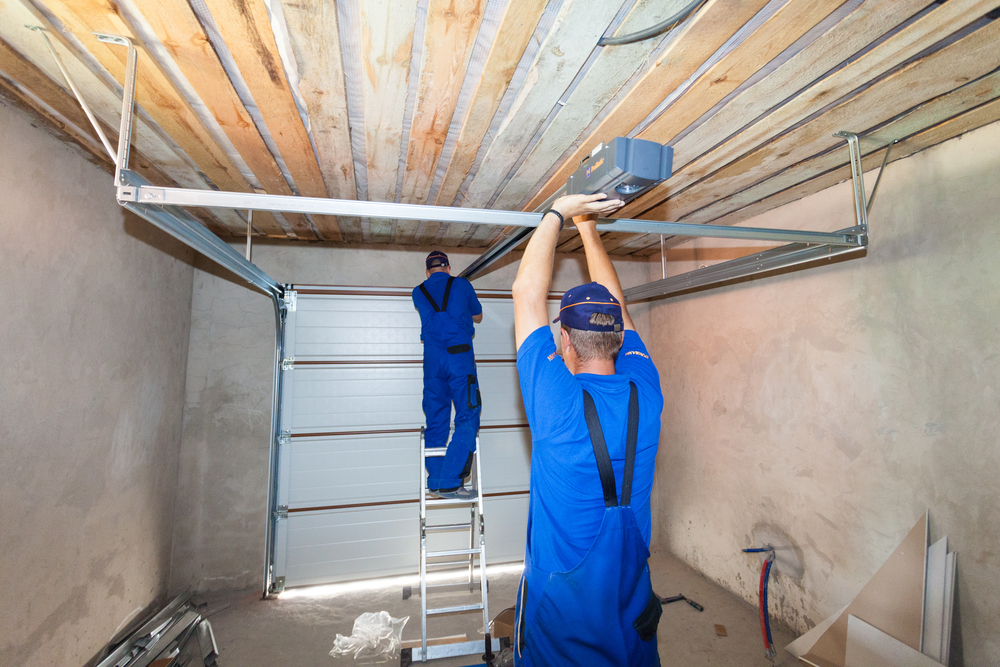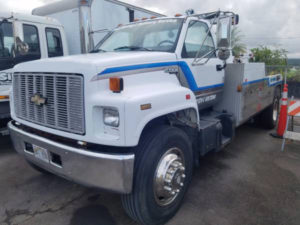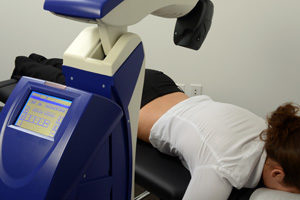The garage can be a huge asset to your household given how it can provide additional storage space, give your house a stylish exterior outlook and most importantly house your car(s). However, given the frequency of its usage over time, it’s bound to experience wear and tear that ultimately result in problems. A garage door problem can result from an array of variables. Knowing what has caused the garage door problem in the first place can help in determining how best to troubleshoot the issue. According to our resident garage door repair company these are the common causes include:

Broken Torsion Springs
The torsion springs are responsible for moving the garage doors and are usually under an intense amount of tension, which is why they can break easily if not maintained. Torsion springs will most definitely need replacing since the springs are usable for a specific number of cycles which makes it the underlying cause of garage door problems. The torsion spring is usually under optimal tension when the door is closed since it’s fully retracted with the full weight of the garage door upon it. When the garage door is up, the spring is in its natural state. Signs your torsion springs are broken include a loud bang followed with the door not opening, visibly worn-out springs and tension-less springs. Don’t attempt to fix the broken springs on your own given how dangerous they can be to work with. Snapped cables flying out forcibly can literally rip you and your skin apart, which is tenfold painful than a broken rubber band.
Dead Transmitter Batteries
It may sound obvious, but the garage door transmitters require power to function. If the batteries in your wall transmitter or car transmitter are dead, they won’t be able to send signals for the garage door to open. It’s most likely that the transmitter batteries were installed at around the same time, so regular battery changes to all of them can help avoid inconveniences. Changing the battery is pretty straightforward and only involves sliding the back door open for replacement or using a screwdriver for more secure transmitters.
Enabled Disconnect Switch
A power outage is bound to happen, which is why modern motorized garage doors come with a disconnect switch that manually opens or closes the door if and when you lose power. If the garage door motor has been running, but the door still isn’t responding, then the disconnect switch has probably been enabled. The switch can be attached to a rope, can be a cord or a knob that turns to disconnect. There are times the switch can come unhooked accidentally and cause disconnection to the motor. Reattaching the hook is relatively easy, from where you can open or close the garage door using your transmitter.
When the garage door is working well, it will increase its functionality in delivering you convenient and efficient services through the seasons. It can enhance the security of your place, keep you dry when it’s raining and warm during the winter. If you notice anything wrong with the garage, call a professional to deal with it before the problem escalates.


 A trampoline is essentially a device that people bounce on for competitive and/or recreational purposes. It comprises of taut, strong material that is stretched over a metallic frame using several coiled springs.
A trampoline is essentially a device that people bounce on for competitive and/or recreational purposes. It comprises of taut, strong material that is stretched over a metallic frame using several coiled springs. An
An  What
What